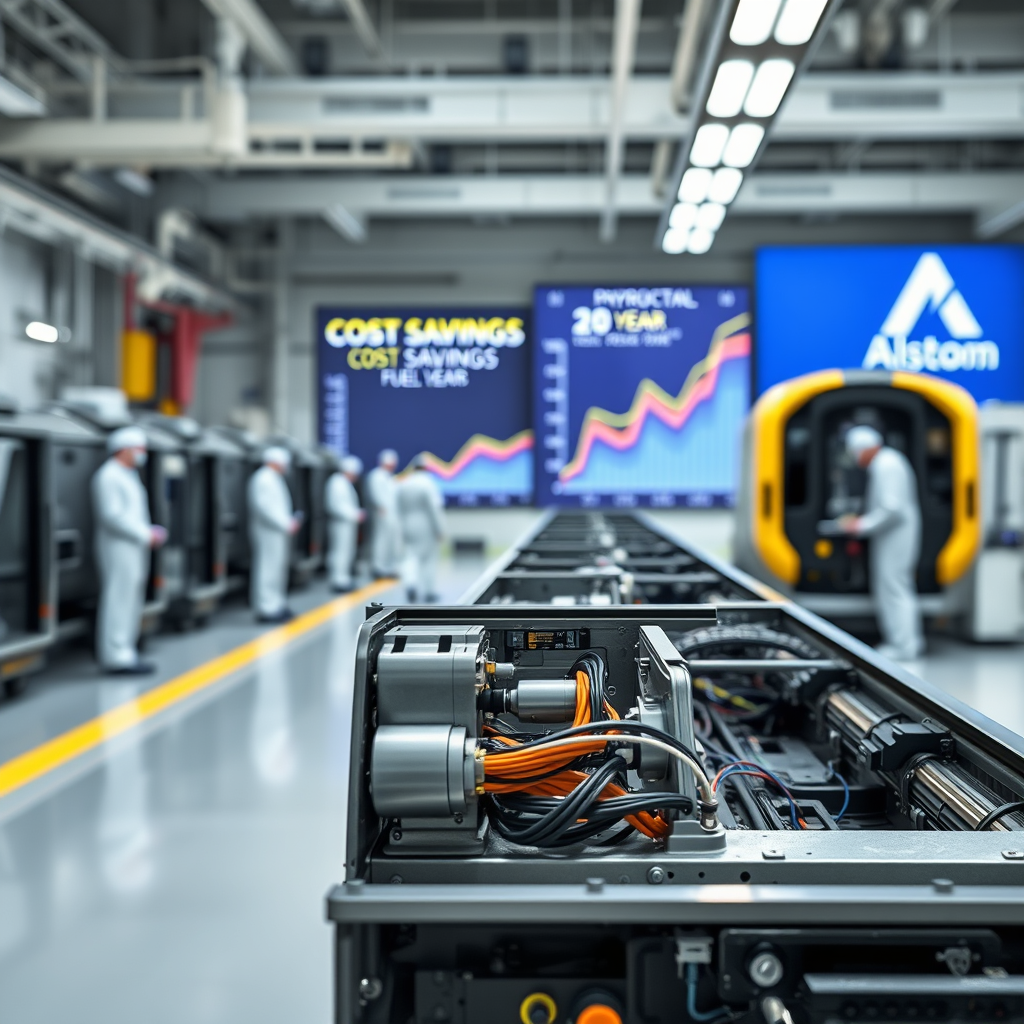Wilmington Station: $11.6M ADA Upgrade & Amtrak’s Vision

Introduction
This article examines the recent $11.6 million modernization of the Joseph R. Biden Jr. Railroad Station in Wilmington, Delaware, a significant undertaking within Amtrak’s broader commitment to enhance accessibility across its network. The project highlights the crucial intersection of infrastructure investment, accessibility mandates (such as the Americans with Disabilities Act or ADA), and the ongoing efforts to modernize the nation’s passenger rail system. This renovation, part of a wider initiative fueled by the Bipartisan Infrastructure Law, serves as a case study illustrating the challenges and benefits of upgrading aging railway infrastructure to meet modern demands and ensure equitable access for all passengers. We will explore the specifics of the Wilmington station upgrade, the broader context of Amtrak’s accessibility program, the financial implications, and the political significance of such projects within the larger framework of national transportation policy. The analysis will delve into the technical aspects of the improvements, the impact on passenger experience, and the overall contribution to a more efficient and inclusive rail network.
The Wilmington Station Upgrade: A Case Study in Accessibility
The Joseph R. Biden Jr. Railroad Station’s renovation focused primarily on improving accessibility for passengers with disabilities and the elderly. Key improvements included the installation of two new escalators, the repair of existing infrastructure to ensure ADA compliance, and the upgrade of interior stairs. These enhancements are not merely cosmetic; they represent a fundamental shift towards a more inclusive transportation system. The half-million annual passengers using this station directly benefit from these upgrades, experiencing improved ease of access and navigation. The project showcases a model for other station renovations, demonstrating the practical application of accessibility standards and the potential for positive user experience enhancements. This also highlights the importance of considering accessibility during the design and construction phases of future projects, minimizing costly retrofits later.
Amtrak’s Nationwide Accessibility Program and the Bipartisan Infrastructure Law
The Wilmington station upgrade is just one piece of Amtrak’s larger initiative to achieve full ADA compliance across its network by 2029. This ambitious goal requires substantial investment and coordinated planning. The Bipartisan Infrastructure Law (BIL) has played a pivotal role in funding these upgrades, providing Amtrak with $22 billion for much-needed repairs, maintenance backlogs, and station modernizations. This significant injection of capital is essential for addressing decades of deferred maintenance and accelerating the implementation of accessibility improvements nationwide. The BIL represents a critical step toward a revitalized national passenger rail system, emphasizing the long-term economic and societal benefits of investing in infrastructure. The program’s success hinges not only on securing sufficient funding but also on effective project management and adherence to strict timelines. The success in Wilmington provides a positive precedent for other projects.
Financial Implications and Long-Term Sustainability
The $11.6 million investment in the Wilmington station, while substantial, is a fraction of the overall cost of Amtrak’s accessibility program. The organization has already invested approximately $800 million since 2011, with further investments planned. This highlights the substantial financial commitment required to modernize aging infrastructure and meet accessibility standards. The long-term sustainability of these improvements relies on continued funding, effective maintenance, and proactive planning. Cost-effective solutions, innovative technologies, and strategic partnerships are all crucial aspects of ensuring the continued efficiency and accessibility of Amtrak stations nationwide. The economic impact, considering both the direct costs and the broader benefits of improved passenger access and enhanced rail service, requires careful analysis.
Political Significance and Public Policy
The Wilmington station upgrade’s success reflects a collaborative effort involving various levels of government and stakeholders. The participation of political leaders at the opening ceremony underscored the importance of bipartisan cooperation in addressing critical infrastructure needs. Senator Tom Carper’s emphasis on the Bipartisan Infrastructure Law’s contribution highlights the political will to invest in passenger rail. This project serves as a powerful example of how infrastructure investment can create jobs, improve transportation, and enhance the quality of life for communities across the country. The political support is crucial not only for securing funding but also for navigating the complex regulatory environment and overcoming potential challenges during implementation. Continued political commitment will be vital to ensure the long-term success of Amtrak’s accessibility program.
Conclusions
The modernization of the Joseph R. Biden Jr. Railroad Station in Wilmington exemplifies Amtrak’s ongoing commitment to enhance accessibility across its national network. The $11.6 million upgrade, incorporating new escalators and ADA-compliant infrastructure improvements, serves as a model for future station renovations, highlighting the practical application of accessibility standards. This project’s success is deeply intertwined with the Bipartisan Infrastructure Law, which provided the crucial funding necessary for this and numerous other station upgrades. The financial implications underscore the substantial investment required for nationwide accessibility improvements, emphasizing the importance of long-term sustainability through effective maintenance and proactive planning. The political significance cannot be understated; the collaborative effort between various levels of government showcases the importance of bipartisan cooperation in addressing vital infrastructure needs. The project’s success demonstrates the transformative potential of investing in passenger rail, not only enhancing the passenger experience but also contributing to improved efficiency, reduced road congestion, and a more inclusive transportation system. The successful completion of the Wilmington upgrade, coupled with Amtrak’s ongoing initiatives and the sustained support of the Bipartisan Infrastructure Law, provides optimism for a future where all Amtrak stations are fully accessible and the national rail network is modernized to meet the demands of the 21st century. This positive trend signals a renewed focus on passenger rail as a vital component of national transportation infrastructure and a commitment to ensuring equitable access for all passengers. The Wilmington station’s improvements are not just about ADA compliance; they are about creating a welcoming and inclusive environment for every traveler, reinforcing the essential role of rail in the nation’s economic and social fabric.





